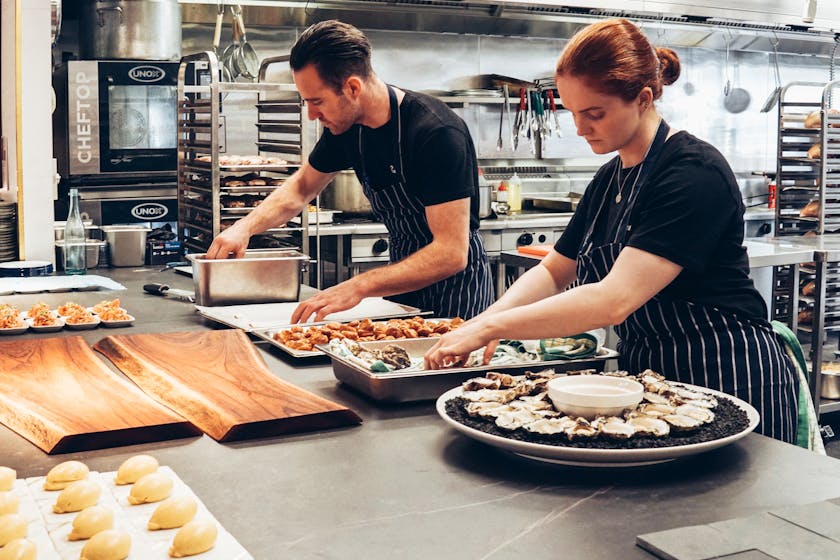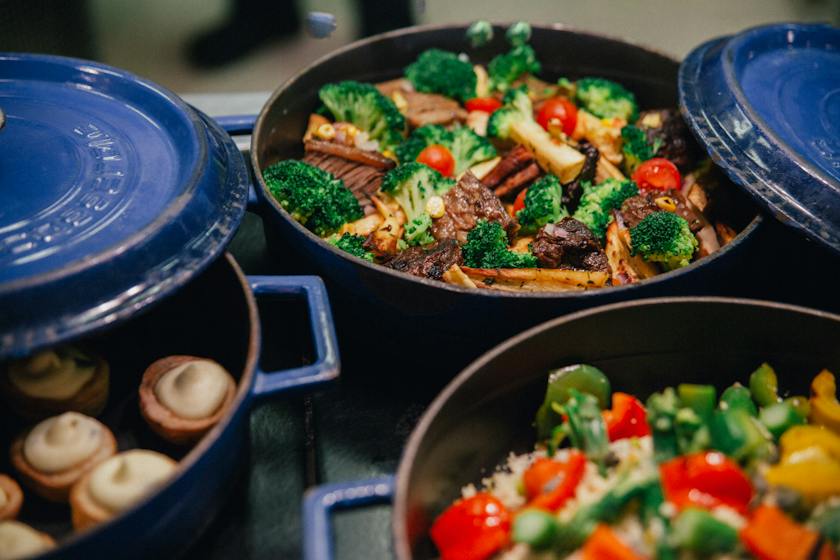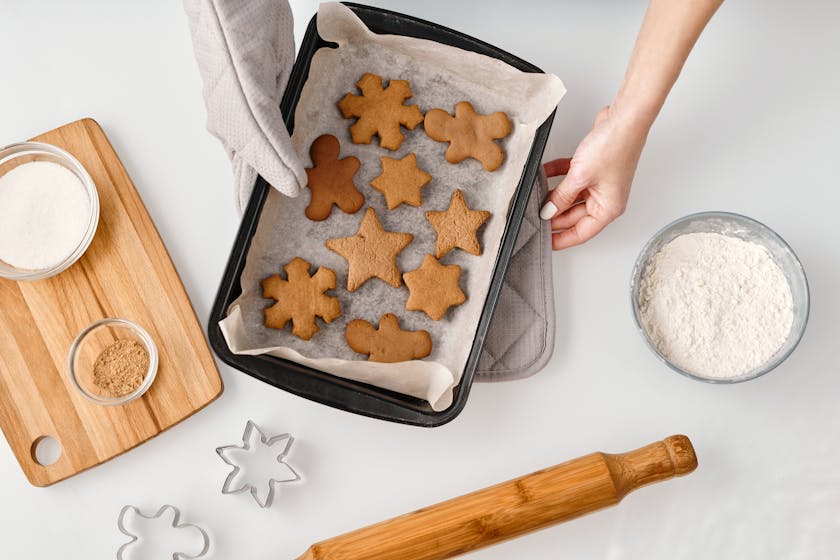When it comes to meal storage for busy parents, planning ahead can be a lifesaver. Not only does it save time and reduce stress, but it also promotes healthier eating habits. In this detailed how-to guide, we’ll explore the ins and outs of efficient meal storage to help busy parents streamline their kitchen duties.
Understanding the Basics of Meal Storage
Before diving into the specifics, it’s essential to understand what meal storage entails. Meal storage is the process of preparing and preserving food in a way that maintains its freshness and nutritional value for later consumption. This can involve techniques like freezing, refrigerating, and using airtight containers.
Choosing the Right Containers for Meal Storage
The first step in effective meal storage is selecting appropriate containers. Look for BPA-free plastic containers or glass options with tight-fitting lids. These will not only keep your food fresh but also prevent spills and leaks.
Batch Cooking: Your New Best Friend
Batch cooking is preparing large quantities of a dish that can be stored and eaten over several days or weeks. It’s a time-efficient approach that can significantly cut down on daily cooking.
Organizing Your Refrigerator and Freezer
Organize your refrigerator and freezer space to optimize meal storage. Use clear containers and labels to easily identify contents and expiration dates. This will help you keep track of what you have and reduce food waste.
Meal Prepping Tips for Busy Parents
Meal prepping involves cooking and storing meals or meal components ahead of time. Here are some tips to get started:
- Plan your menu: Choose recipes that are easy to prepare in large batches and will retain their quality when stored.
- Shop strategically: Buy ingredients in bulk to save money and reduce trips to the grocery store.
- Set aside time for prep: Dedicate a few hours on the weekend to cook and store your meals.
Freezing Meals: A Game Changer for Meal Storage
Freezing is a fantastic way to preserve the nutritional value and taste of your meals. Use freezer-safe containers or bags, and always let food cool before freezing to prevent ice crystals from forming.
Labeling is Key
Always label your containers with the dish name and date of storage. This will help you keep track of when meals were prepared and ensure you use the oldest items first.
Meal Storage for Different Types of Food
Not all foods freeze or refrigerate well. Here’s a quick guide:
- Freezing: Soups, stews, casseroles, and cooked grains freeze well.
- Refrigerating: Salads, cut fruits and vegetables, and sandwiches are best kept in the fridge.
Thawing and Reheating Your Meals
When it’s time to eat, thawing and reheating your meals correctly is crucial for safety and taste. Thaw food in the refrigerator overnight and reheat to an internal temperature of 165°F to ensure it’s safe to eat.
Creating a Meal Storage System That Works for You
Lastly, customize your meal storage system to fit your family’s needs. Consider your weekly schedule, dietary preferences, and the types of food your family enjoys. With a little planning, meal storage can be a straightforward and rewarding process for busy parents.




